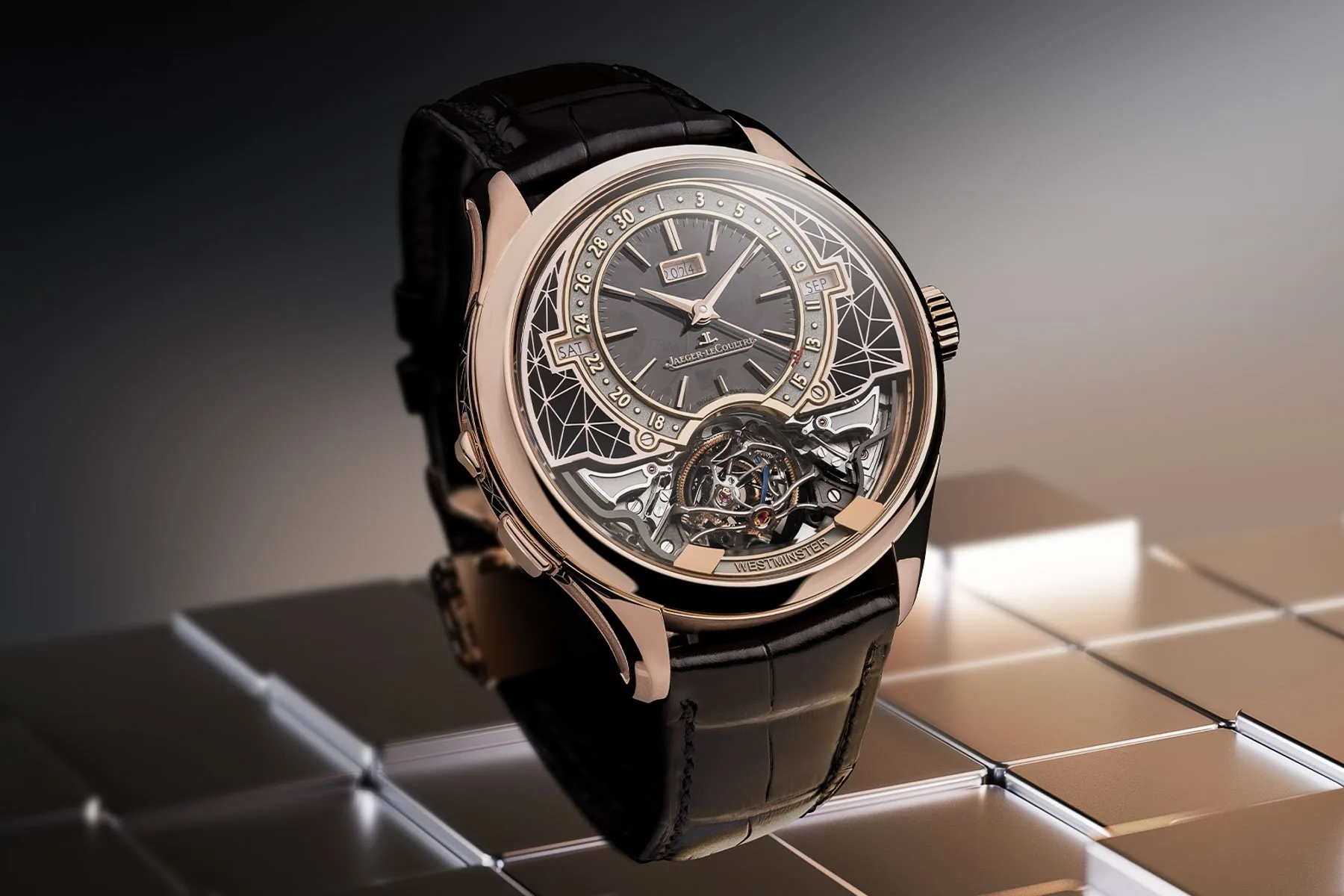BY ERIK SLAVEN
The Globemaster collection is certainly less familiar than Omega’s rock stars like the Speedmaster and Seamaster, but it’s just as impressive. Featuring a Master Chronometer certified movement and annual calendar (requires a once-per-year adjustment in February), today’s Globemaster is a refined and very attractive series with inspiration taken from initial Constellation watches from 1952. The Globemaster is part of the Constellation collection. The models were reborn in 2015 with the Globemaster sub-collection that were time and date watches with an hour hand that could be set independently. The annual calendar was introduced the following year.
The case is stylish and robust, suitable for both the boardroom and hiking trail. Measuring 41mm in diameter with a thickness just over 14mm, it has contemporary proportions, but nothing that will overwhelm most wrists. A bold fluted bezel really stands out and comes in hard tungsten carbide or 18k Sedna gold, the latter for either a two-tone or all gold case. Sedna gold is Omega’s proprietary red gold alloy. Of course, a sapphire crystal protects the dial, while a sapphire exhibition case back features a center medallion with a relief of the Observatory of Geneva. The majority of the case is brushed with polished accents and water resistance is rated at 100 meters. There are three case options – stainless steel with tungsten bezel, stainless steel with 18k Sedna gold bezel and crown, and all 18k Sedna gold. Each has a unique dial color that really complements the materials.
Starting with the steel model, there’s a deep green dial with a sunray brushed finish. 18k white gold is used for the hands, applied indices, Omega’s logo and the Constellation star above 6 o’clock. It comes fitted with a 20mm green alligator strap with folding clasp.
The two-tone model has a burgundy sunray brushed dial and trades 18k white gold for Sedna gold for the hands and dial elements. A burgundy alligator strap matches the dial and works well with the two-tone aesthetic.
The most exclusive (and expensive) model has 18k Sedna gold everywhere – the case, bezel, crown, hands and all dial elements, and even the dial itself. The hands and indices have black onyx inserts for contrast. A black alligator strap with a glossy finish is fitted to this one. Regardless of model, the dials have a classic Omega pie-pan style (12 facets between indices) with the months abbreviated in a cursive script around the perimeter. A fourth hand points to the correct month, instantly jumping to the next, while a color matching date window sits at 6 o’clock. Hands and indices have Super-LumiNova.
Powering the models are two in-house movements – the Caliber 8922 and 8923 – which are identical save for some gold elements on the all gold model. As mentioned earlier, they’re Master Chronometer certified, meaning they passed eight stringent tests established by METAS (The Federal Institute of Metrology). That’s after they’ve been COSC certified, so they’re quite literally double-certified chronometers. They come with a co-axial escapement, free-sprung balance, silicon balance spring, twin barrels and magnetic resistance to 15,000 gauss. There are 39 jewels, a 55-hour power reserve and 25,200vph.
Prices aren’t cheap, but certainly not outrageous for such refined and unique models from Omega. The steel and tungsten model (green dial) retails for EUR 8,300, the two-tone model (burgundy dial) retails for EUR 11,100 and the gold model retails for EUR 30,600.
Visit Omega here.







